Discover 11 hidden attractions, cool sights, and unusual things to do in Shenyang (China). Don't miss out on these must-see attractions: Mukden Palace, Zhao Mausoleum, and Shenyang Botanical Garden. Also, be sure to include Liaoning Provincial Museum in your itinerary.
Below, you can find the list of the most amazing places you should visit in Shenyang (Liaoning).
Table of Contents
Mukden Palace
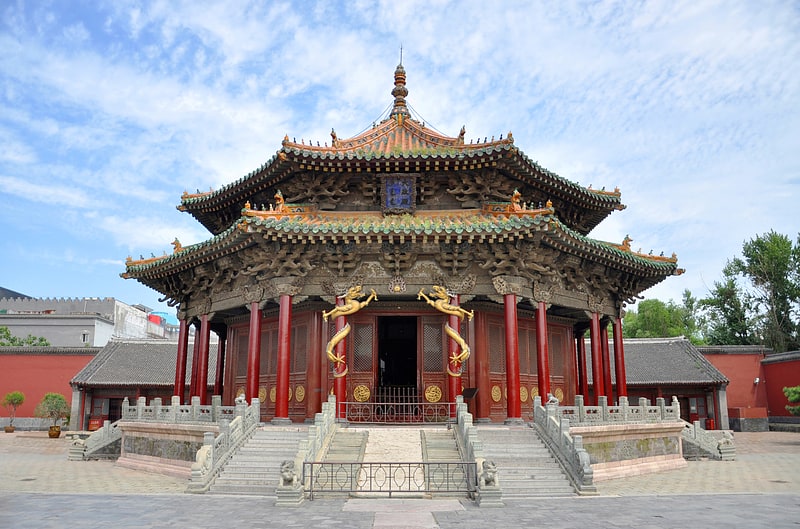
Also known as: 沈阳故宫
Ornate Qing Dynasty royal palace complex. The Mukden Palace, or Shenyang Imperial Palace, was the former imperial palace of the early Manchu-led Qing dynasty. It was built in 1625, and the first three Qing emperors lived there from 1625 to 1644. Since the collapse of imperial rule in China, the palace has been converted to a museum that now lies in the center of Shenyang, Liaoning.[1]
Address: Shenyang Rd, Shenhe District, Shenyang
Zhao Mausoleum
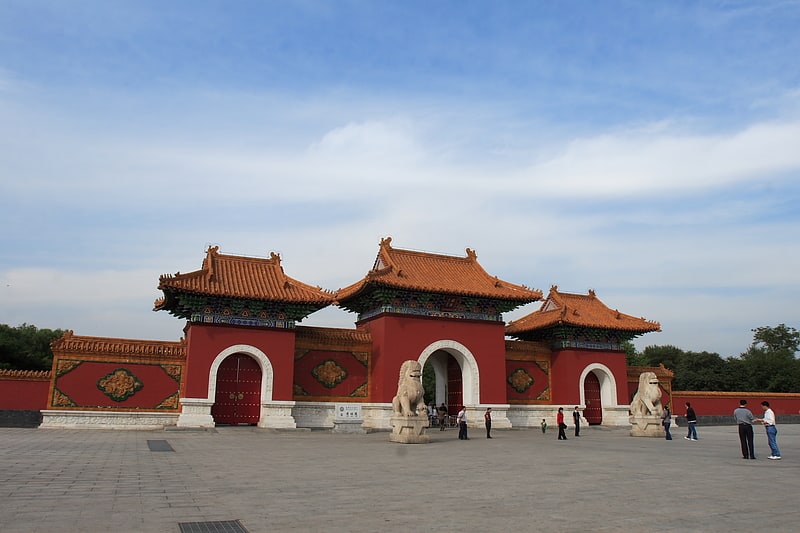
Also known as: 清昭陵
Building in Shenyang, China. Zhaoling, also known as Beiling is the tomb of the first Qing emperor, Hong Taiji, and his Empress Xiaoduanwen.
The tomb is located within Beiling Park, in Huanggu District of the northern urban Shenyang, Liaoning province, and is a popular area attraction. The tomb complex took eight years to build and has a row of animal statues leading to it. The tomb and surrounding park cover an area of 3,300,000 square metres making it the largest of the three imperial tombs north of the great wall. The area around the tomb was originally set aside for imperial use and ordinary people were forbidden entry. This forbidden area was opened to the public in 1928 and now forms Shenyang's Beiling Park.
The Beiling Park has an area of 330 hectares, and contains many historic buildings, pine trees and lakes. In 1927, Government of the Fengtian Province established the park, which includes Zhaoling and surrounding area. West of the tomb are flower gardens and east are several lakes. There is also a Children's Garden within the park.[2]
Shenyang Botanical Garden
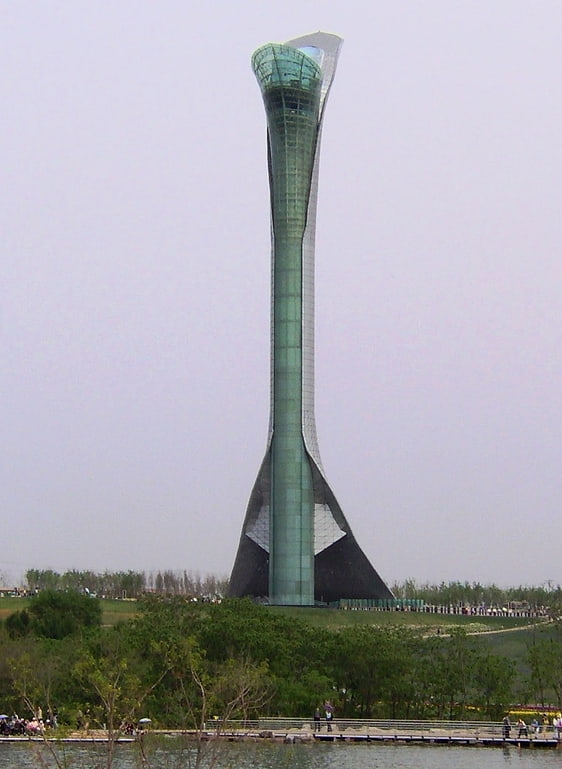
Botanical garden in Shenyang, China. The Shenyang Botanical Garden, also known as "Shenyang World Expo Garden", is located in Qipanshan Tourism Development Zone, in the eastern suburb of Shenyang City, Liaoning, China. It was the site of the 2006 China Shenyang World Horticultural Exposition, and is a 5A Tourist Attraction of China.
The Shenyang Botanical Garden was founded in February 1959.[3]
Liaoning Provincial Museum
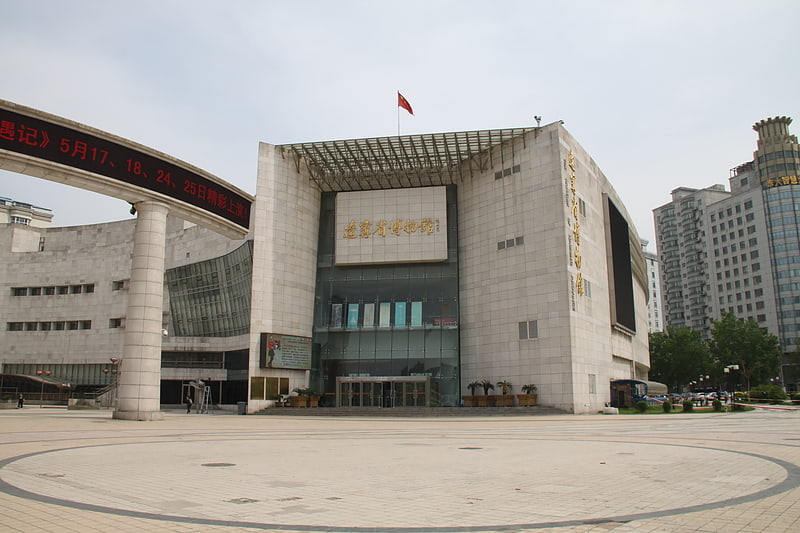
Also known as: 辽宁省博物馆
Museum in Shenyang, China. The Liaoning Provincial Museum is a prominent museum of history and fine arts located in Shenyang, the capital of China's Liaoning province.[4]
Liaoning Broadcast and TV Tower

Also known as: 辽宁广播电视塔
Tower in Shenyang, China. The Liaoning Broadcast and Television Tower is a tall free-standing structure used for communication. It was built in 1989 in Shenyang, China and is 305.5 metres tall. Within the "disk" of the tower, accessible through an elevator, there is an in-door observation deck, rotating restaurant, and a small bar. On the top of the disk is an outdoor observation deck. This tower is in World Federation of Great Towers.[5]
Fuling Mausoleum

Also known as: 清福陵
Tourist attraction in Shenyang, China. The Fuling or Fu Mausoleum, also known as the East Mausoleum, is the mausoleum of Nurhaci, the founding monarch of the Later Jin dynasty and his wife, Empress Xiaocigao. It served as the main site for ritual ceremonies conducted by the imperial family during the entire Qing dynasty. Located in the eastern part of Shenyang city, Liaoning Province, northeastern China, Fuling has been a UNESCO World Heritage Site since 2004.[6]
Sacred Heart of Jesus Cathedral
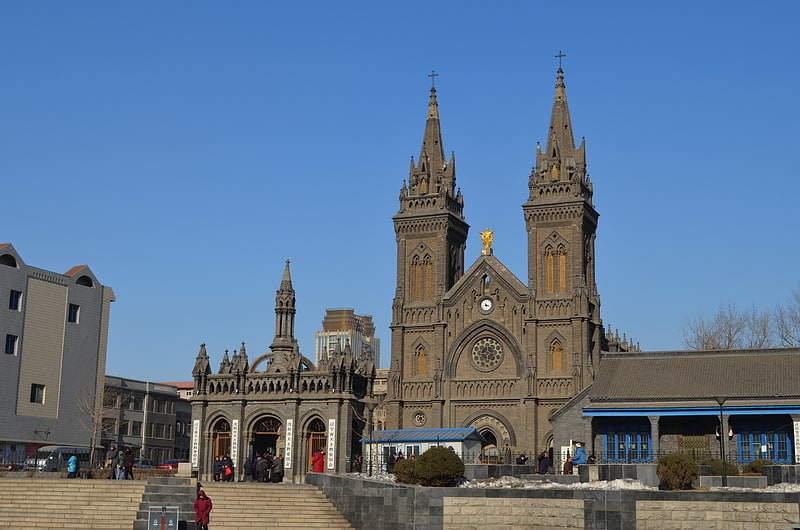
Also known as: 耶稣圣心主教座堂
Cathedral. The Sacred Heart Cathedral of Shenyang is a Roman Catholic cathedral in Shenyang, Liaoning Province, China. It is commonly called Nanguan Catholic Church or officially the Sacred Heart of Jesus Diocesan Cathedral in Shenyang because the bishop of Shenyang Diocese resides here. In 2006 the Vatican agreed to Paul Pei being installed as the Bishop of Shenyang.[7]
Forum 66
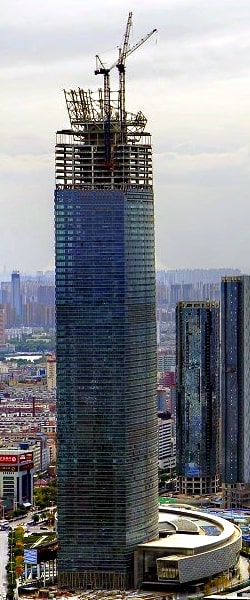
Also known as: 市府恆隆廣場
Building complex in Shenyang, China. Forum 66 is a twin tower complex in Shenyang, Liaoning. The complex consists of two supertall skyscrapers; Tower 1 is 384 m with 76 floors and Tower 2 is 351 m with 68 floors. Tower 1 was completed in 2015 whilst the construction of Tower 2 has been suspended as of 2022.
The buildings were developed by Hang Lung Properties and share their Chinese name with other projects of Hang Lung, like Plaza 66.[8]
Xita
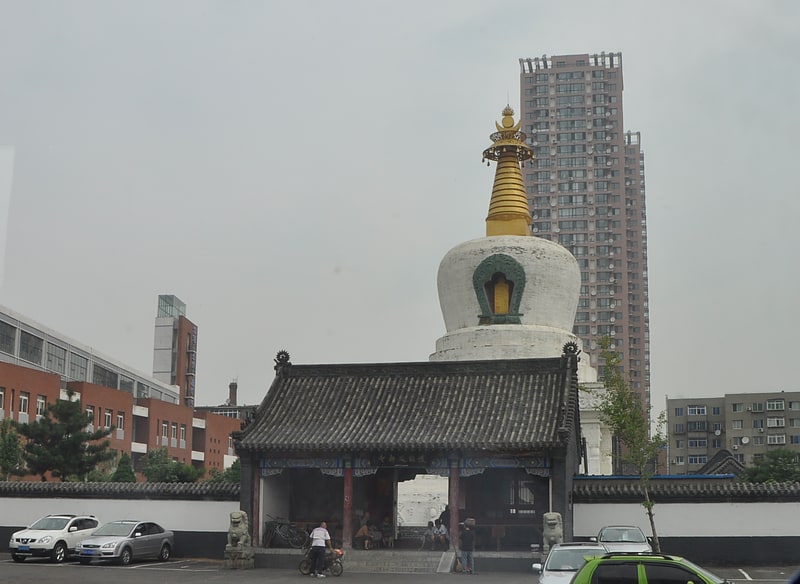
Also known as: 西塔街
Tourist attraction in Shenyang, China. Xita is a neighborhood in Shenyang, China.
The name "Xita" (literally: Western pagoda) came from a pagoda accompanying the Tibetan Buddhist Yanshou Temple (延寿寺). The temple was built in 1640—1645, as one of the "Four Pagodas of Early Qing" (Chinese: 清初四塔; pinyin: Qīngchū Sì Tǎ). The pagoda later fell into disrepair and was demolished in 1968 during the Cultural Revolution, but was rebuilt in 1998.
Xita neighborhood is the largest Koreatown in Northeast China. In 2012, Xita had 8,338 native ethnic Korean citizens. In addition, over 20,000 Koreans from other parts of China as well as 5,000 South Koreans resided there. The area contains a Russian Orthodox church and a Protestant church (Xita Church), both built in early 20th century. The Korean shopping mall of Xita, located in a century-old commercial street, used to play a vital role in introducing international fashion styles to Shenyang.[9]
Xita Church
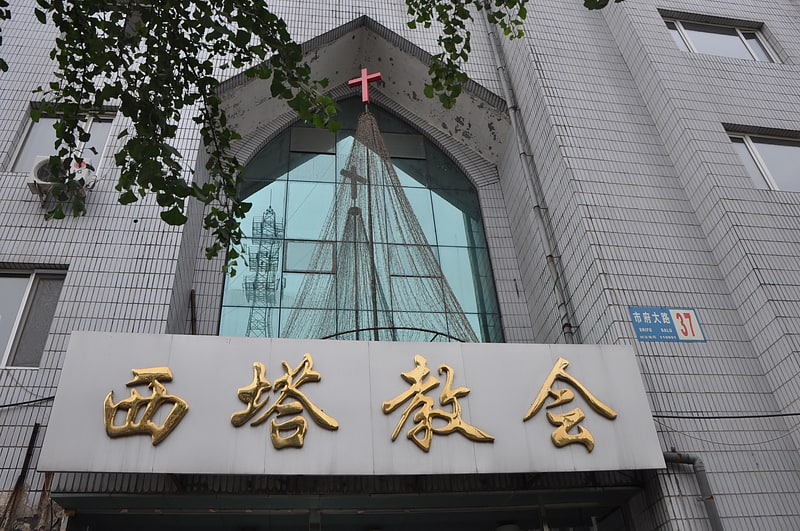
Also known as: 西塔教会
Government office in Shenyang, China. Xita Church is a Protestant church for the Korean Chinese, located in the Xita area of Heping District, Shenyang, Liaoning Province, China.[10]
Long Live the Victory of Mao Zedong Thought
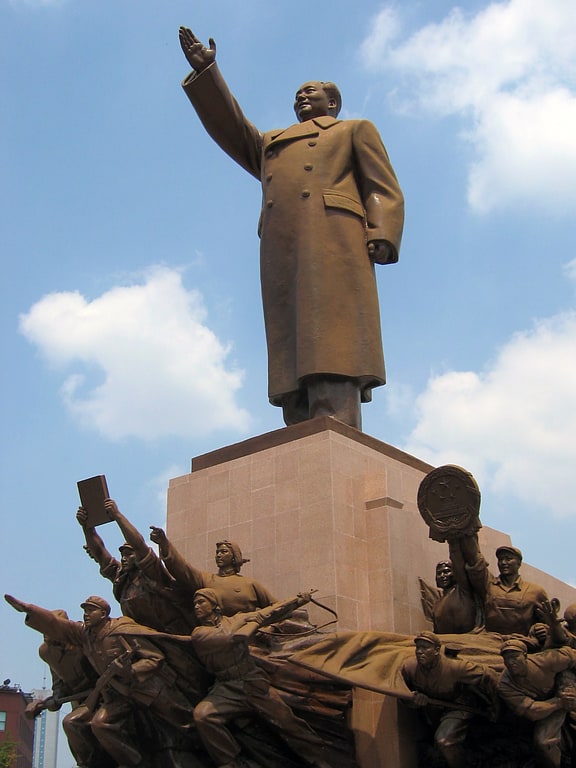
Art. Long Live the Victory of Mao Zedong Thought is an epoxy resin statue in Shenyang, Liaoning, China. The monument is located on Zhongshan Square in the center of the city. The statue is one of the largest of Chairman Mao Zedong in the country. It is one of the main provincial Cultural Revolution-era monuments not removed in later years.
The monument was erected by students from the Art Academy, who worked for two years on the project. They were supervised by a committee of peasants and workers. It was inaugurated on October 1, 1970, during the 21st anniversary celebrations of the founding of the People's Republic of China. The statue of Chairman Mao is 9 metres (30 ft) tall, and the base another 9 metres (30 ft) tall. The phrase "Long Live the Victory of Mao Zedong Thought" was carved on the front of the base.
Its base is surrounded by statues of 58 'worker-peasant-soldier heroes'. They are divided into eight groups, representing different struggles of the Chinese people under the leadership of Chairman Mao. Most of the surrounding characters originally carried Little Red Books, but most of these have been removed. The first group represents soldiers and civilians, propagating the appeal of the 9th National Congress of the Communist Party of China ("Unite to win still greater victories"). The group of statues at back of the base is titled "Party Building", and seeks to display the early phase of the Communist Party. The three groups on the left ("A Single Spark Can Start a Prairie Fire", "Long Live the People's War" and "Carry the Revolution to the End") illustrate struggles during the Chinese Civil War. The remaining three groups ("Socialism is Good", "Long Live the Three Red Banners" and "Carry the Great Proletarian Cultural Revolution Through to the End") on the right side of the base illustrate the phase of socialist revolution.[11]